Familiarity with Treatment
SMILE is a relatively new refractive eye surgery designed to correct vision issues such as myopia (nearsightedness) and myopic astigmatism. It uses a femtosecond laser to create a small lenticule (a thin disc of tissue) within the cornea, which is then removed through a small incision. This procedure is known for its precision and minimal invasiveness12.
Procedure
- Preparation: The patient is positioned under the femtosecond laser, and a suction ring is applied to stabilize the eye.
- Lenticule Creation: The laser creates a lenticule within the cornea by making two precise cuts.
- Incision: A small incision (usually 2-3 mm) is made on the cornea.
- Lenticule Removal: The lenticule is carefully extracted through the incision, reshaping the cornea to correct the refractive error.
- Completion: The incision heals naturally without the need for stitches12.
Who is it Suitable For?
- Individuals with myopia (nearsightedness) ranging from -1.00 to -10.00 diopters.
- Those with myopic astigmatism up to -3.00 diopters.
- Patients seeking a minimally invasive alternative to LASIK12.
Who is it Not Suitable For?
- Individuals with hyperopia (farsightedness), as SMILE is not currently approved for this condition in some regions.
- Patients with severe dry eye syndrome or other significant corneal diseases.
- Those with unstable refractive errors or certain systemic conditions that affect healing12.
Advantages
- Minimally Invasive: Smaller incision compared to LASIK, leading to faster healing.
- Reduced Dry Eye Symptoms: Less disruption to corneal nerves, resulting in fewer dry eye issues post-surgery.
- Biomechanical Stability: Preserves more of the corneal structure, potentially reducing the risk of complications like ectasia12.
Complications
- Visual Recovery: May take slightly longer compared to LASIK.
- Higher Order Aberrations: Potential for increased visual aberrations in some cases.
- Infection and Inflammation: As with any surgical procedure, there is a risk of infection or inflammation12.
Previous Care
- Pre-Surgery Evaluation: Comprehensive eye examination to determine suitability.
- Discontinue Contact Lenses: Patients may need to stop wearing contact lenses for a period before the surgery.
- Medication: Use of prescribed eye drops to prepare the eyes12.
Aftercare
- Rest: Avoid strenuous activities for a few days post-surgery.
- Eye Protection: Use protective eyewear as recommended by the surgeon.
- Follow-Up Visits: Regular check-ups to monitor healing and ensure optimal results.
- Medication: Continued use of prescribed eye drops to prevent infection and aid healing12.
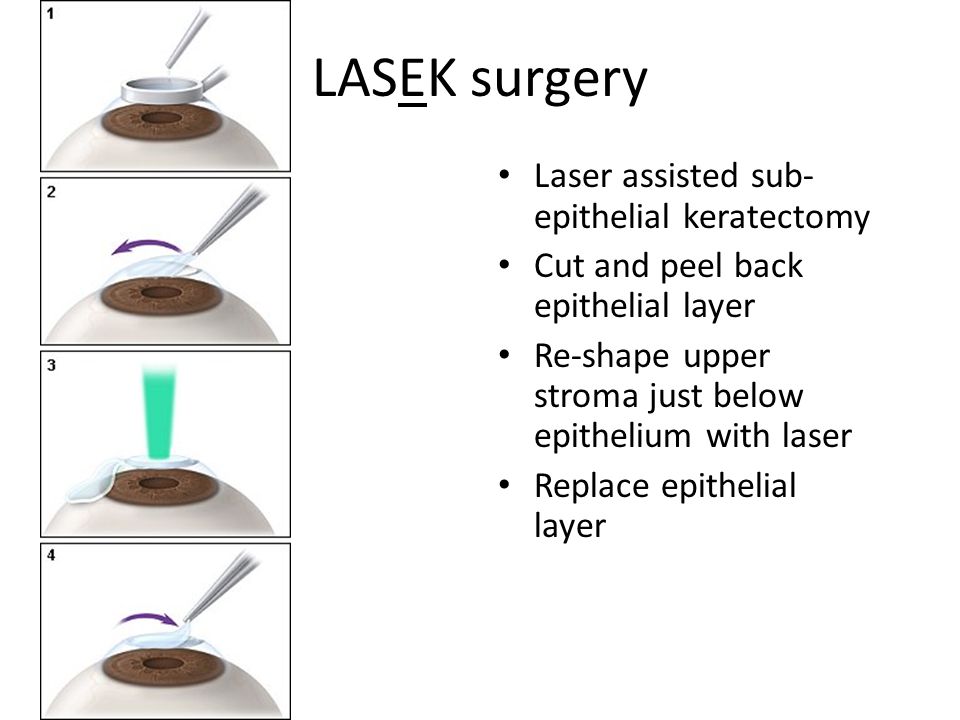
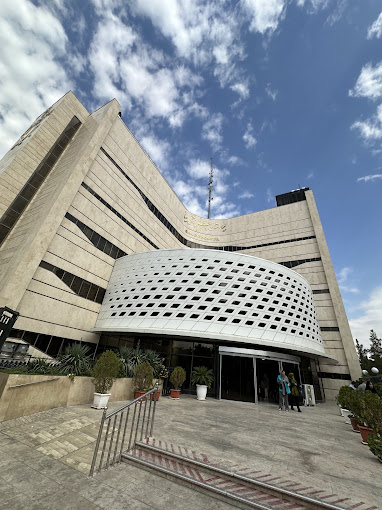

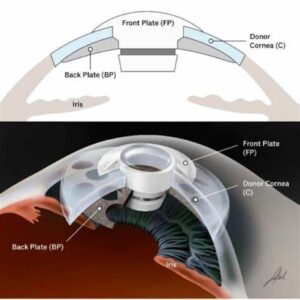
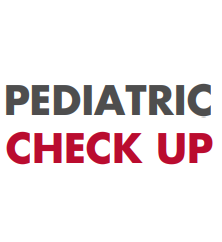
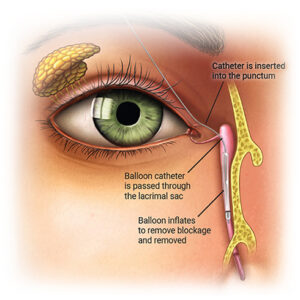
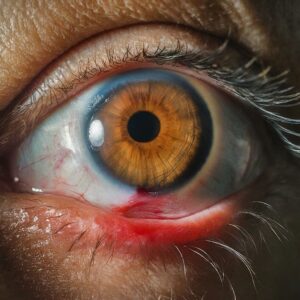
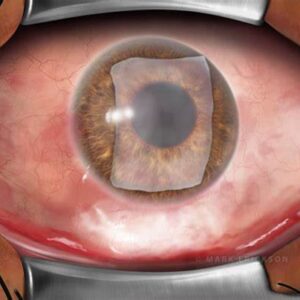
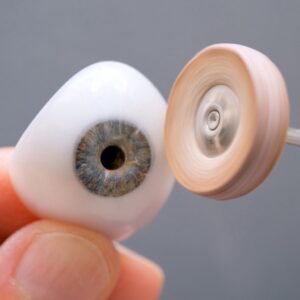
Reviews
There are no reviews yet.